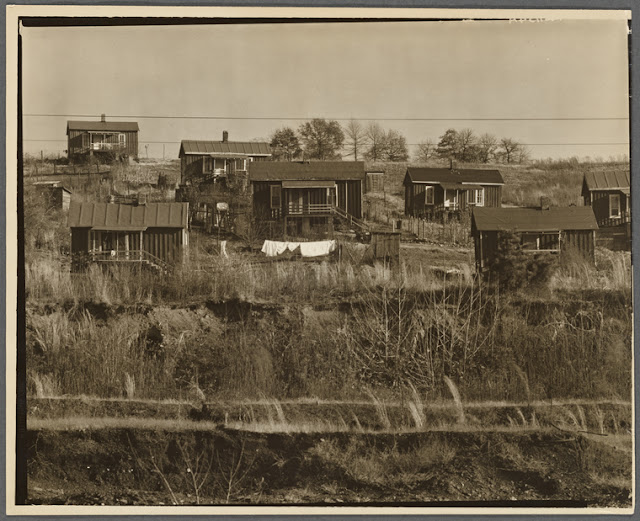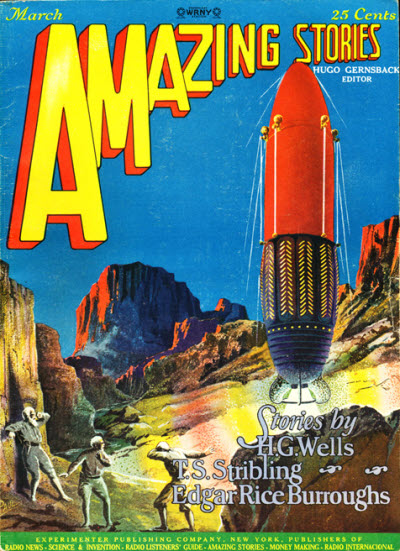His most famous photos were taken in Hale County that summer. In the previous year Evans had been working for the Farm Security Administration, a New Deal program that was part of recovery efforts during the Great Depression. Evans traveled to various places, including the South, documenting agricultural and industrial life and work.
In summer 1936 writer James Agee accepted an assignment from Fortune magazine to write about sharecroppers in the Deep South. Agee wanted Evans to accompany him, so the photographer took a leave from the federal agency. The two men spent eight weeks in the Alabama summer living primarily with three sharecropping families. The manuscript Agee delivered to Fortune was much longer than the magazine would publish; it eventually became the book Let Us Now Praise Famous Men published in 1941. Agee's singing prose about the daily lives of these desperately poor but proud people, and Evans' images make reading the book an unforgettable experience.
Evans' third trip to Alabama came in 1973 when he and artist and photographer William Christenberry, an Alabama native, toured Hale County. Some of the color photographs Evans took on that trip appeared with Christenberry's in a museum exhibition "Of Time and Place" as well as the exhibit's catalog.
Evans' first trip to the state may have been late in 1935. Some of the photographs below are dated in that year, others in March 1936 and some just 1936. Whatever the exact dates, these images capture indelible scenes from the city's past.
The three photos below that feature a steel mill seem to capture the Ensley Works. Take a look at the photograph on the BhamWiki site here and see what you think.
Unless otherwise noted, all photographs are from the New York Public Library Digital Collections.
Birmingham steel workers
A similar shot of steel workers with Coca-Cola sign fully visible
Front entrance of a boarding house in Birmingham
Steel mill with workers' houses in the foreground
Roadside stand in the Birmingham vicinity
Source: ArtsMia
Miners' houses near Birmingham
Another angle on those miners' houses
Company owned steel workers' houses






































